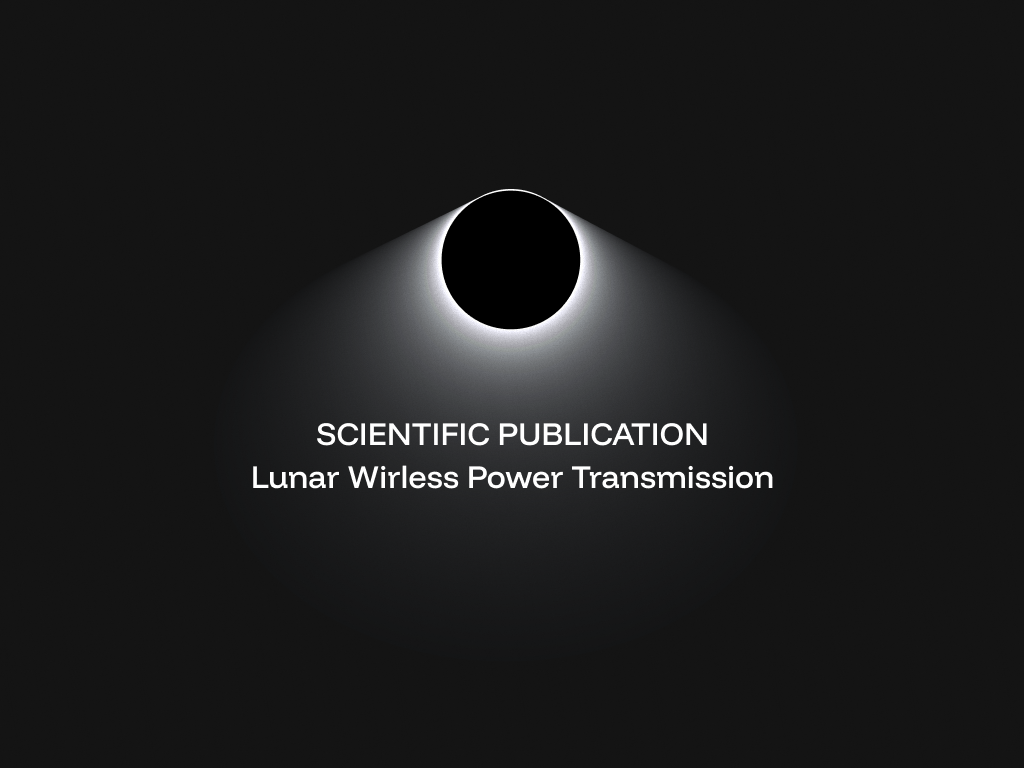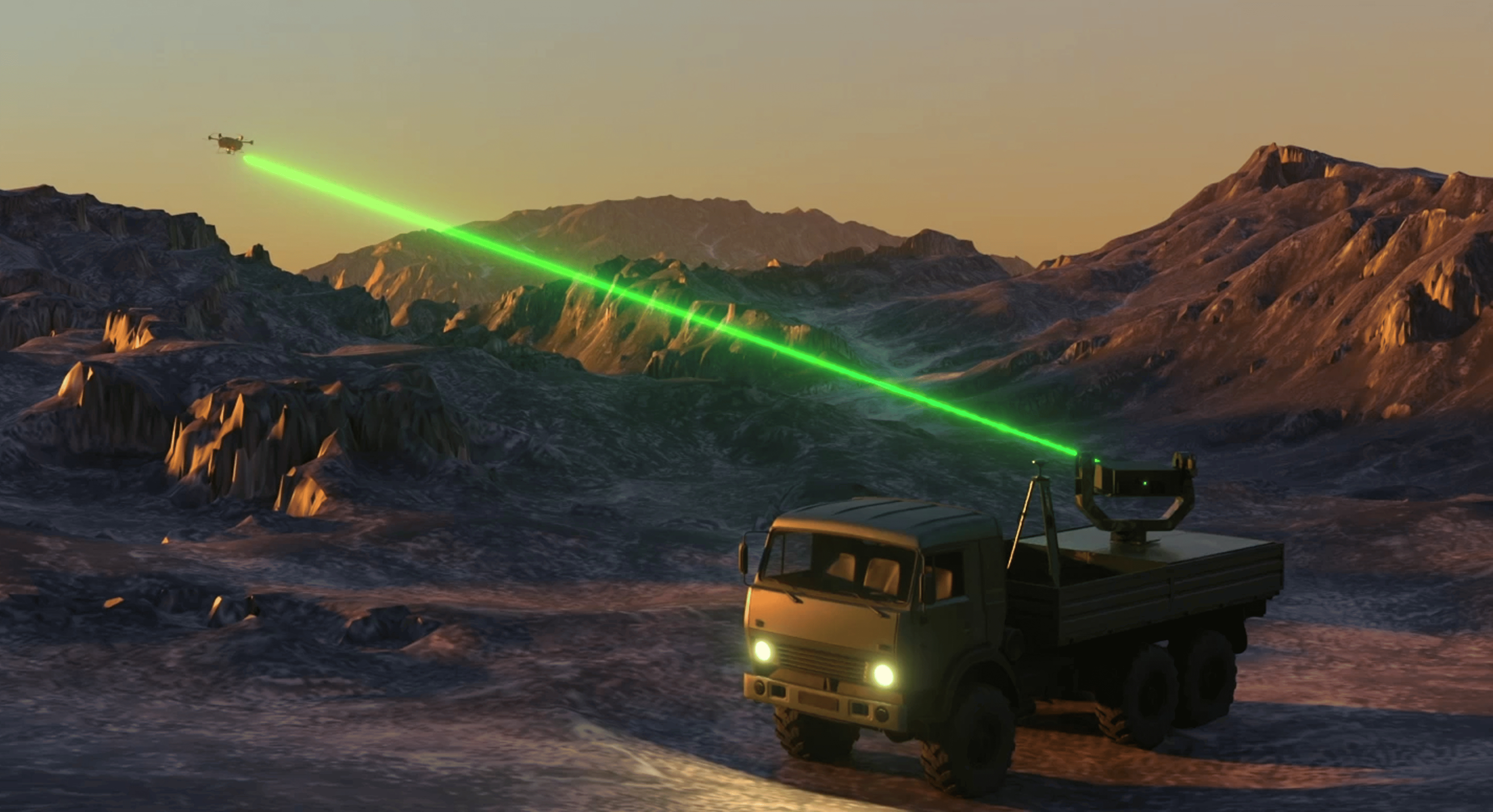Lunar Wireless Power Transmission: Key Subsystems for a Constellation of Laser Energy-Transmitting Satellites

Paper Overview
1. Objective and operational scenario 24px medium/20
The paper aims to define an optimal architecture for a constellation of lunar satellites equipped with solar panels, batteries, and high-power lasers, capable of continuously powering designated surface targets. Two locations are considered: the Shackleton crater near the lunar south pole (a key target for the Artemis program), and an equatorial site.
Link to related paper
2. Orbital configurations
Three orbital regimes are studied:
- Low-altitude polar orbit
- Elliptical frozen orbit
- Distant retrograde orbit (DRO)
The paper evaluates various configurations with 3, 10, or more satellites and examines how varying the laser beam divergence impacts performance.
3. Subsystems analysis
The following key subsystems are examined in detail:
- High-power laser systems and their current efficiency levels
- Onboard battery systems for power storage and discharge
- Photovoltaic receivers on the surface, designed for monochromatic light conversion
The paper also briefly introduces the challenges related to attitude control, thermal regulation, and beam pointing systems, which are noted as subjects for future in-depth analysis.
See also related works:,
ResearchGate source 1,
ResearchGate source 2
4. Simulations and energy demand
The system is modeled on the assumption of supplying ~100 kW to a lunar base. Simulations show that, with optimized satellite orbits and sufficient elements in the constellation, this target is technically achievable.
5. Technological challenges
The study highlights several key issues:
- Current laser efficiencies (~50–60%)
- Beam pointing accuracy (sub-arcsecond level)
- Advanced thermal management systems to handle waste heat
- Overall system reliability under lunar environmental stressors: dust, radiation, and extreme temperature fluctuations
Conclusion and Further Reading
This paper presents a comprehensive feasibility analysis for implementing wireless energy transmission on the Moon. It focuses primarily on core subsystems such as photovoltaic receivers, laser devices, and batteries, while acknowledging the critical importance of further research into satellite control, thermal management, and precision pointing systems.
Call to Action
Interested in the technical specifications, orbital dynamics, and simulation results?
Access and download the full paper on ResearchGate:
LOREM IPSUM"
The safest tools for the digital world.
Lorem ipsum dolor sit amet, consectetur adipiscing elit, sed






















